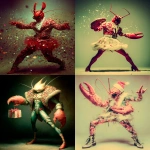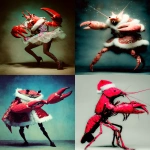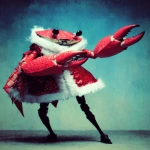Explore the Best AI Image Gallery
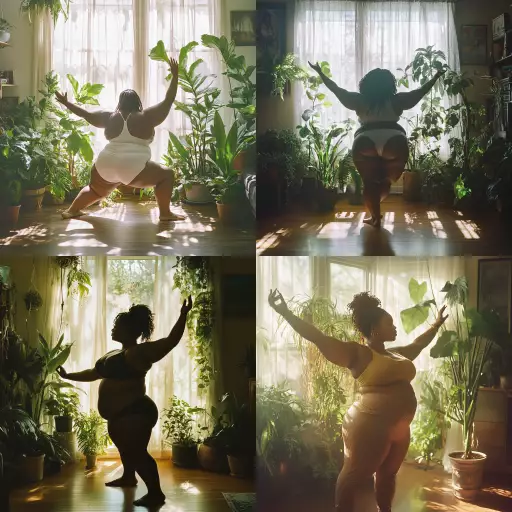
Painted Pixels: AI-Generated Images and the Art of Transformation
The art world is undergoing a seismic shift. No longer confined to brushstrokes and chisels, creativity now dances with algorithms. AI-generated images, born from complex code and vast datasets, are challenging traditional notions of authorship, originality, and the very definition of art.
A Canvas Reimagined: The Potential of AI in Art
Imagine a world where an artist can effortlessly conjure breathtaking landscapes, surreal portraits, or intricate patterns with just a few keystrokes. This is the promise of AI image generation tools. They empower creators to:
- Overcome technical limitations: Aspiring artists who lack traditional skills can now translate their visions into stunning visuals.
- Explore uncharted creative territories: AI algorithms can generate novel concepts and aesthetics, pushing the boundaries of imagination.
- Accelerate the creative process: Time-consuming tasks like sketching or rendering can be automated, freeing artists to focus on conceptualizing and refining their ideas.
Applications Across Industries:
The impact extends beyond fine art. AI-generated images are revolutionizing:
- Advertising and Marketing: Generating eye-catching visuals for campaigns, product mockups, and social media.
- Entertainment: Creating concept art, character designs, and even entire worlds for films, games, and virtual reality experiences.
- Publishing: Enhancing illustrations in books, magazines, and online content.
Ethical Considerations: A Delicate Balance
While the potential of AI-generated images is immense, it also raises crucial ethical questions:
- Authorship and Ownership: Who owns the copyright to AI-generated art? The programmer, the user who provides the input, or the AI itself?
- Bias and Representation: AI algorithms are trained on existing data, which can perpetuate societal biases. Its crucial to ensure that AI-generated images reflect diverse perspectives and avoid reinforcing harmful stereotypes.
- Authenticity and Deception: The ability to create hyperrealistic images raises concerns about the spread of misinformation and deepfakes.
Shaping the Future: Trends and Predictions
The landscape of AI-generated art is constantly evolving. Here are some key trends to watch:
- Increased accessibility: User-friendly tools will empower more individuals to explore the creative potential of AI.
- Personalized experiences: AI algorithms will learn individual preferences and generate tailored artwork.
- Interactivity and immersion: AI-generated images will become integrated into immersive experiences, such as virtual worlds and augmented reality.
Conclusion: A New Chapter in Creativity
AI-generated images are not replacing human artists; they are augmenting their capabilities and expanding the realm of artistic expression. As technology advances, we can expect even more innovative applications and a deeper exploration of the intersection between art and intelligence. The future of art is a canvas painted with both human imagination and the power of algorithms.
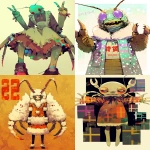
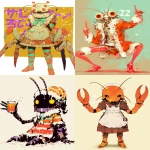
](https://images.ai-img.art/thumbnails/150/124afc0facac1c0c676099ab4d2aae88da73c9ba0b89d1f6de454d8b236458ef.webp)

